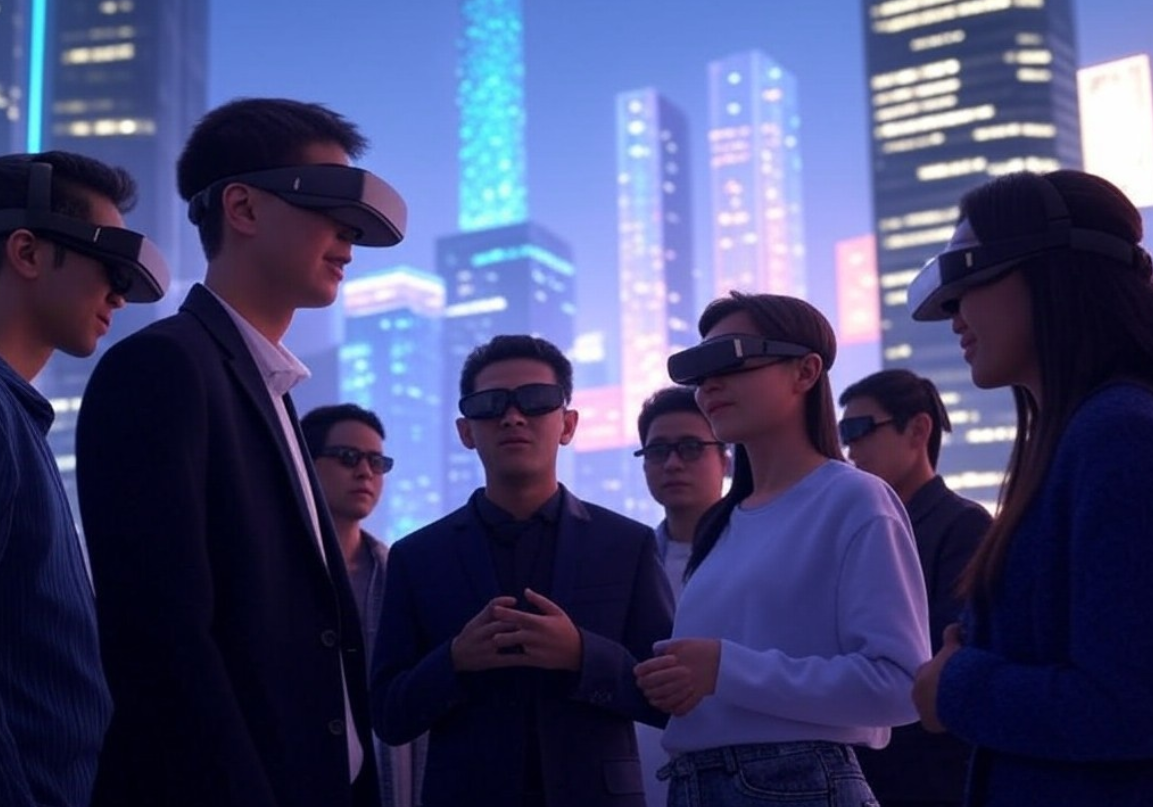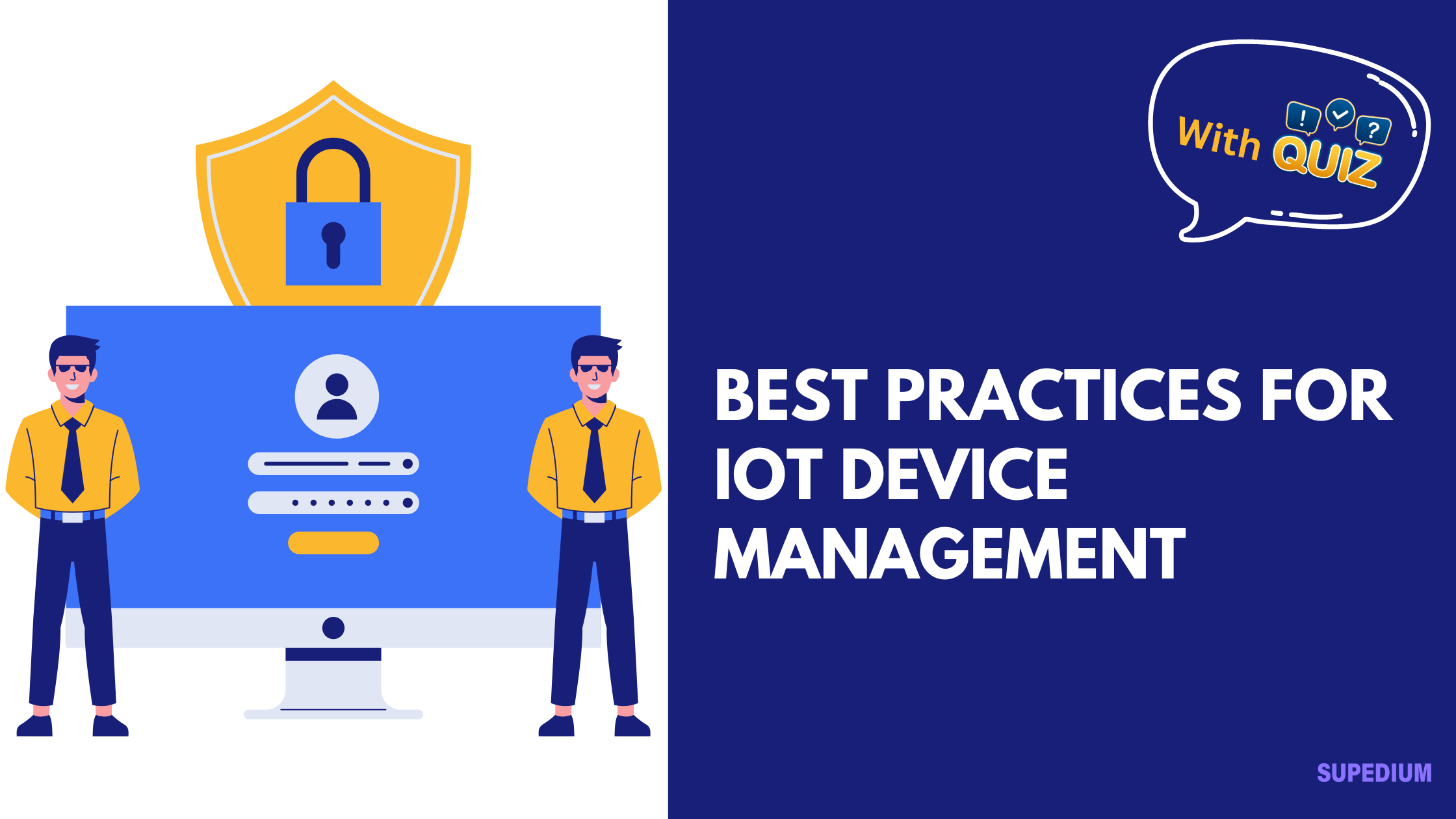Table of Contents
![]()
Introduction
Definition of Terms:
- Web3 refers to a vision of the internet’s future, characterized by decentralization, where blockchain technologies empower users with control over their data and digital interactions.
- Augmented Reality (AR) involves the integration of digital information with the user’s environment in real time, enhancing the physical world with layers of computer-generated enhancements.
- Virtual Reality (VR) creates a fully immersive digital experience, transporting users into simulated environments that can mimic reality or offer entirely new worlds.
Context and Relevance:
The integration of Web3 principles with AR and VR technologies could revolutionize digital interaction, offering new dimensions in privacy, ownership, and functionality.
Web3 Fundamentals
Decentralization:
Web3 aims to move away from the centralized control of data and platforms to a model where power is distributed across users through blockchain.
Blockchain Technology:
At its core, Web3 uses blockchain for its security and transparency, enabling smart contracts, which are self-executing contracts with the agreement directly written into code, and tokenomics, where economic incentives drive user engagement.
User Sovereignty:
Central to Web3 is the idea that users should own their data, identity, and digital assets, fundamentally altering the relationship between individuals and technology platforms.
AR and VR Technologies
Augmented Reality:
- Applications: From Pokémon GO to educational tools, AR is used in gaming, marketing, and more.
- Tools and Platforms: Technologies like Apple’s ARKit and Google’s ARCore are making AR more accessible.
Virtual Reality:
- Immersive Experiences: VR is utilized for gaming, virtual meetings, and training simulations.
- Hardware and Ecosystems: Devices like the Oculus Rift and HTC Vive, alongside platforms like SteamVR, provide the backbone for VR experiences.
Integration of Web3 with AR/VR
Decentralized Content:
Blockchain enables the creation, ownership, and transfer of AR/VR content without intermediaries. Projects like Decentraland and Somnium Space illustrate virtual worlds where land, assets, and creations are owned via NFTs (Non-Fungible Tokens).
User Experience Enhancements:
Combining Web3’s principles with AR/VR allows for more secure, private, and personalized experiences. Blockchain can verify identities, ensuring that interactions are both safe and tailored.
Economic Models:
Web3 introduces new ways to monetize digital content. Creators in AR/VR can benefit from direct sales, royalties, and a participatory economy where users can earn through their contributions.
Use Cases
Gaming:
Web3-enabled AR/VR games could allow players to truly own, trade, or sell their in-game items, potentially creating a new economy within games.
Education and Training:
AR/VR can offer interactive learning experiences, where blockchain secures and personalizes educational content, tracking progress and certifications.
Real Estate and Architecture:
Virtual tours or architectural visualizations could be authenticated and traded on the blockchain, offering a new layer of trust and efficiency.
Healthcare:
From medical training to patient therapy, AR/VR can simulate scenarios with data integrity ensured by blockchain, enhancing both treatment and education.
Challenges and Considerations
Technical Barriers:
The integration requires overcoming issues like scalability of blockchain networks, ensuring interoperability between different technologies, and managing the computational demand of AR/VR.
Privacy and Security:
While Web3 promises greater privacy, it also poses new security risks that must be addressed in AR/VR environments.
User Adoption:
The complexity of these technologies might hinder mainstream adoption unless significant efforts are made towards user education and interface simplification.
Regulatory Issues:
Navigating the legal landscape for digital assets, virtual economies, and privacy will be crucial as these technologies evolve.
Future Trends
Potential Evolution:
We might see the emergence of a ‘metaverse,’ where AR, VR, and Web3 converge to create a persistent, shared, and decentralized digital space.
Innovation in Hardware:
Future AR/VR devices might be designed with Web3 in mind, offering native support for blockchain operations or even serving as personal data wallets.
Cultural Impact:
These technologies could redefine social interaction, work environments, and entertainment, potentially leading to new forms of art, commerce, and community.
Conclusion
The synergy between Web3, AR, and VR promises a future where digital experiences are more immersive, secure, and user-centric. This convergence could lead to a digital reality where individuals have unprecedented control over their virtual lives.
Share This





Be the first to comment